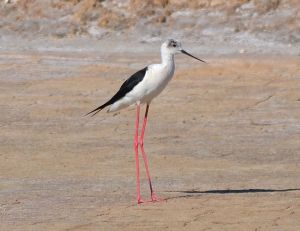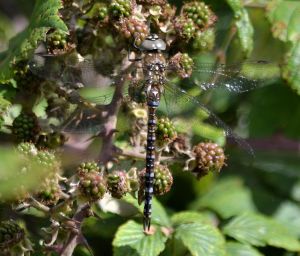The last weekend of August produced a break in the month’s hitherto unceasing Atlantic weather and so I took the opportunity to complete my insect agenda for this season. That was to have a better than previous experience of Moorland (or Common) Hawker dragonflies, and hopefully gain a picture of a perched male. The location for observing this species in southern England is Priddy Mineries atop Somerset’s Mendip hills. And most importantly I had read online of people actually capturing perched images there, which is very difficult to do because these insects rarely settle.
I had been waiting throughout August to make a first visit to what is by repute a superb odonata site, but first I had some local birding business to attend to. My day began at Oxford’s Farmoor Reservoir where eight juvenile Shag had roosted overnight. This was the first county record in six years and were I to be year listing in 2017 I would need to see these birds. In the event they were rather attractive and I spent a respectful amount of time in their presence while indulging in parochial chit chat and banter. Not for the first time I was called sad for my love of dragonflies. Then I left my Oxon birding colleagues to count the first winter scapulars on some distant passing gull or tern, and set off to do some real wildlife watching.
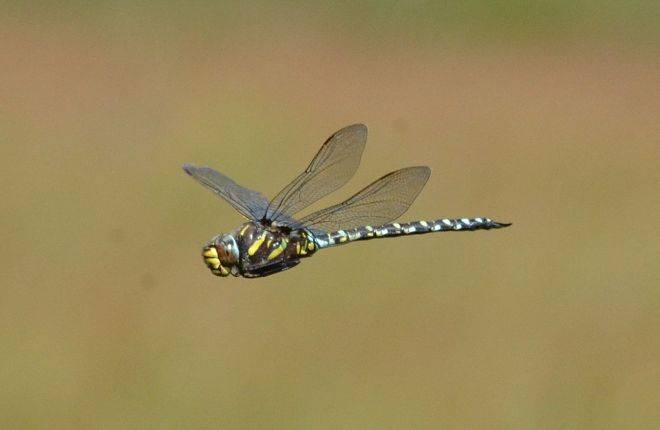
Moorland Hawker (male)
Priddy Mineries SSSI (ST547515), a former lead mining area is a mosaic of heather and grassland, valley mire, open water and acidic pools. The site’s industrial past, from Roman times up to the early 20th century, has left a landscape of mounds and hollows that now host more than 20 species of damsel and dragonfly, as well as uncommon flora and important amphibian populations. On my arrival I parked in a lay-by overlooking the site’s main lake (pictured below) that in the pleasing early afternoon light suggested odo excellence.
Walking away from the car I at once began to notice Black and Ruddy Darter (pictured below) in the long grass. Then upon my reaching the water’s edge a female Moorland Hawker announced herself, and was quickly followed by a first patrolling male. As I made my way around the lake to it’s far side, where the sun would be behind me, other large dragonflies were on the wing: Brown and Southern Hawker and Blue Emperor, all with their distinctive jizz that I sat and appreciated for a while. In amongst them more occasional Moorland Hawker looked rather non-descript by comparison, with dullish brown and blue hues but distinctive yellow patterning on the thorax.
At the sought for spot it was readily apparent this was Moorland Hawker territory, and so I sat on a convenient tussock, watched and waited. Several males were all competing for space here. These have a very restless flight pattern, being constantly on the move and indifferent to human presence. They show broad yellow stripes on the sides of the thorax, while the antehumeral (top side) stripes are narrower than in Southern but still much bolder than Migrant Hawker. The bright yellow costa (front edge to wings) is another very apparent diagnostic. When errant Southern Hawker entered the fray from time to time their own brighter blue and green patterning was obvious by comparison, as was the iridescence of occasional passing Emperor
My previous experience of Moorland Hawker was all at a true wilderness location in Hampshire’s New Forest, Ashley Hole (see here and here). There the few males encountered would fly in strongly then around the same circuit over and again without pausing. Today’s dragonflies seemed to favour smaller circuits, flying low over and in amongst the water side vegetation. They hovered frequently, allowing many flight shots my best of which are below, but as expected did not settle in the lakeside willow scrub that I was staking out.
Unlike Ashley Hole, that is at the back of beyond, there was a degree of disturbance on today’s bank holiday afternoon. Initial peace and tranquillity soon acquired the usual accompaniment when dragonflying of splashing dogs and calling owners, and two groups of anglers set themselves up. Later in the day I went back to the car for a power nap, then returned to the same spot in the hope that one or more Moorland Hawker might perch in the aforementioned willows as the light faded.
I now acquired two companions with the same idea, one of whom like myself said no more than is necessary while concentrating on the task in hand. The other just could not stop talking, and eventually I retreated to a safer distance from the one way barrage on every photograph ever taken, the birds seen on each foreign trip and what his best shots were. I had waited four years for the pictures I was seeking, and four weeks for this day’s opportunity, and the edge was definitely being taken off what might now be the climactic moment.
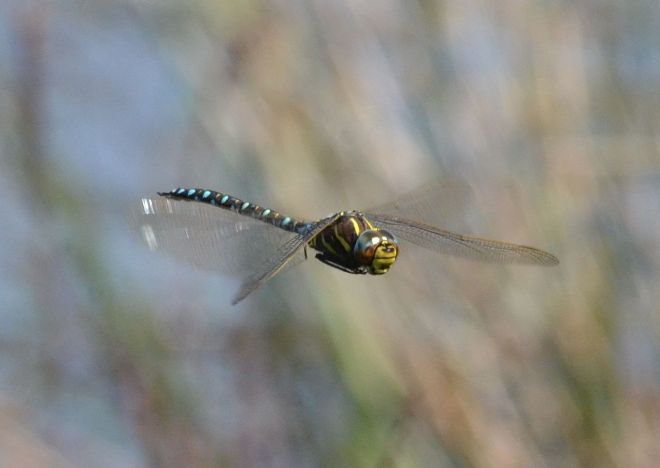
Moorland Hawker (male)
All the while the Moorland Hawkers continued in their same way, fluttering and hovering around their chosen circuits and challenging one another without perching. When they did settle now and again it would be tucked in on the blind side beneath water’s edge tussocks of long grass. Yes there are a lot of them at Priddy Mineries so the better experience I wanted was gained. But as with Downy and Brilliant Emeralds at Warren Heath (see here) earlier in the season those much sought perched photo portraits will have to wait for some or perhaps a long time yet.





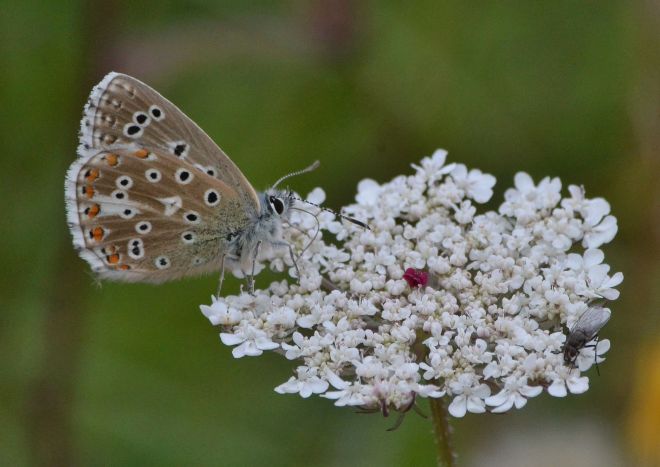
























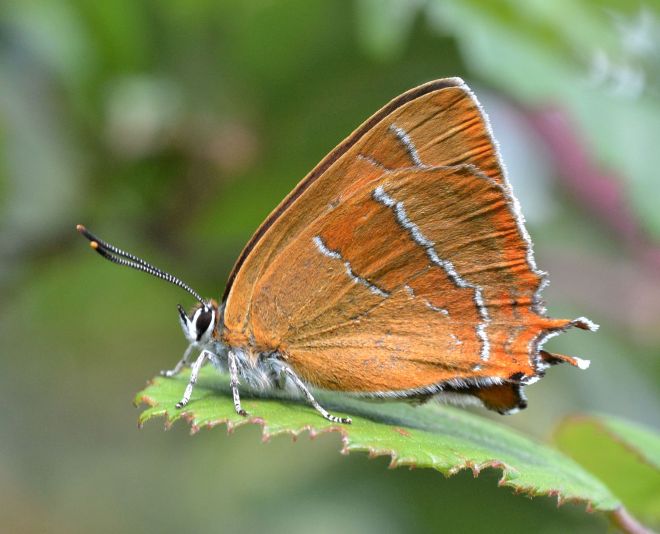
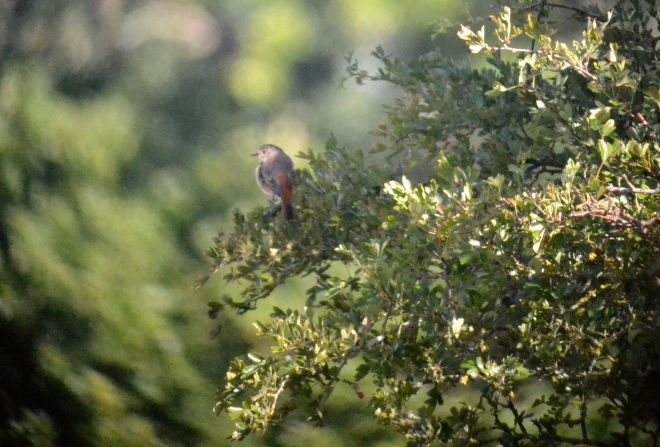
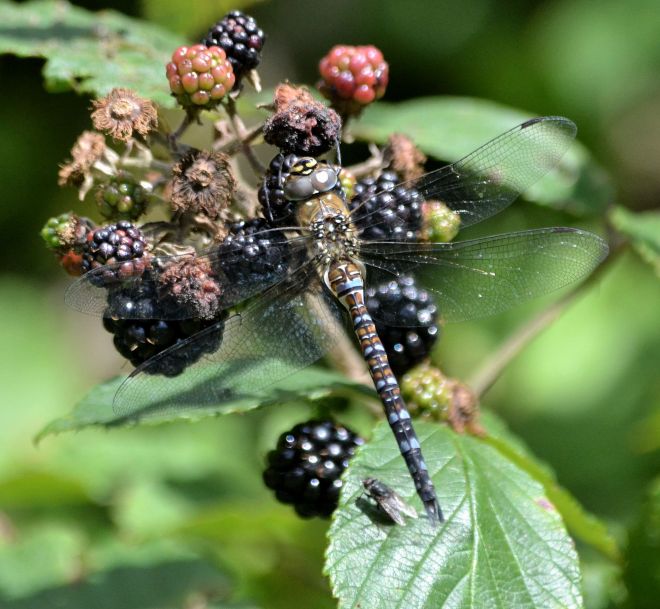






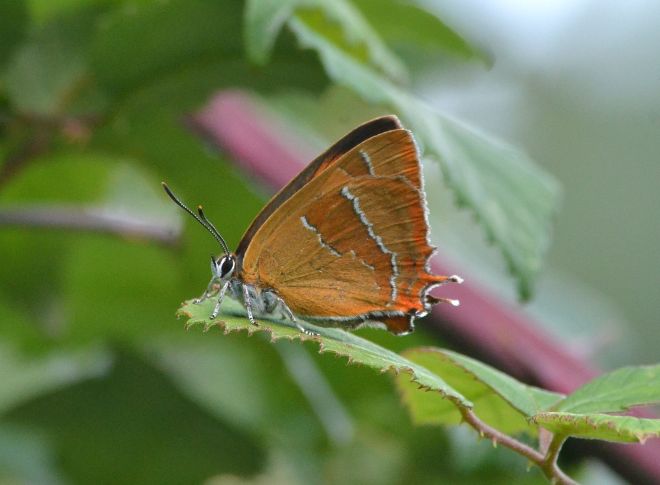
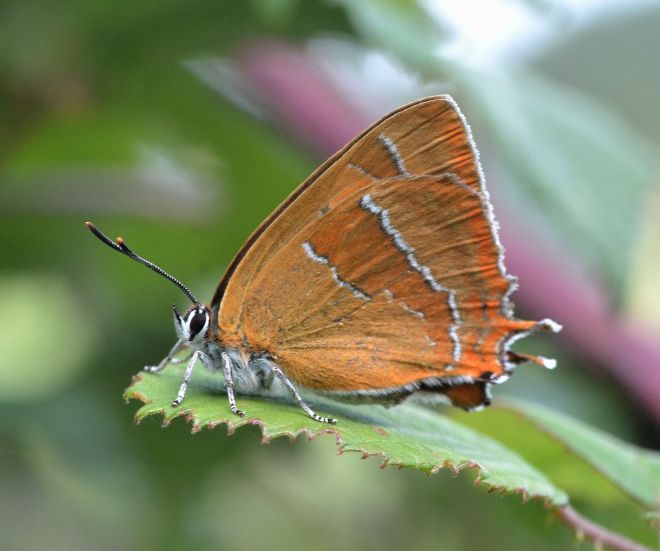
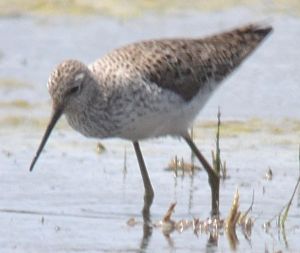
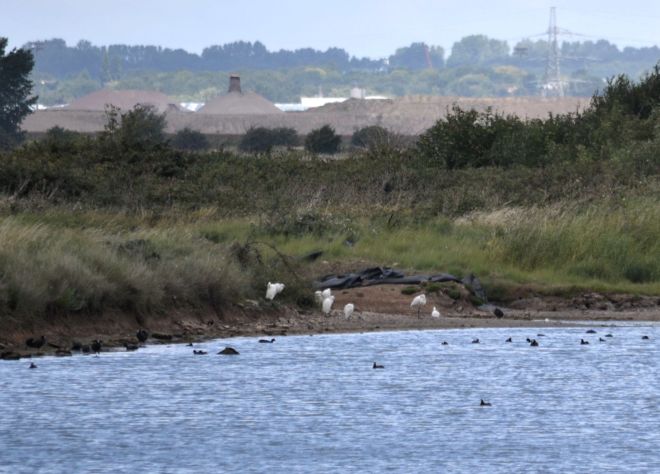 The bird then moved through a gap onto a larger lagoon to the east of Radar Pool and gave us good if always distant views. I recalled at once the species’ delicate jizz from my experiences five years ago at Phassouri Marsh on Cyprus’ Akrotiri peninsula. MS is between Wood Sandpiper and Redshank in size, with a very fine dark bill, slim body and neck, and long spindly legs. It has a dainty walk and rather deliberate downward dabbing bill movement. The species inhabits grassy lowland marshes and pools and migrates through eastern Europe to winter in Africa, the southern Middle East and India. There are typically several British records each year.
The bird then moved through a gap onto a larger lagoon to the east of Radar Pool and gave us good if always distant views. I recalled at once the species’ delicate jizz from my experiences five years ago at Phassouri Marsh on Cyprus’ Akrotiri peninsula. MS is between Wood Sandpiper and Redshank in size, with a very fine dark bill, slim body and neck, and long spindly legs. It has a dainty walk and rather deliberate downward dabbing bill movement. The species inhabits grassy lowland marshes and pools and migrates through eastern Europe to winter in Africa, the southern Middle East and India. There are typically several British records each year.